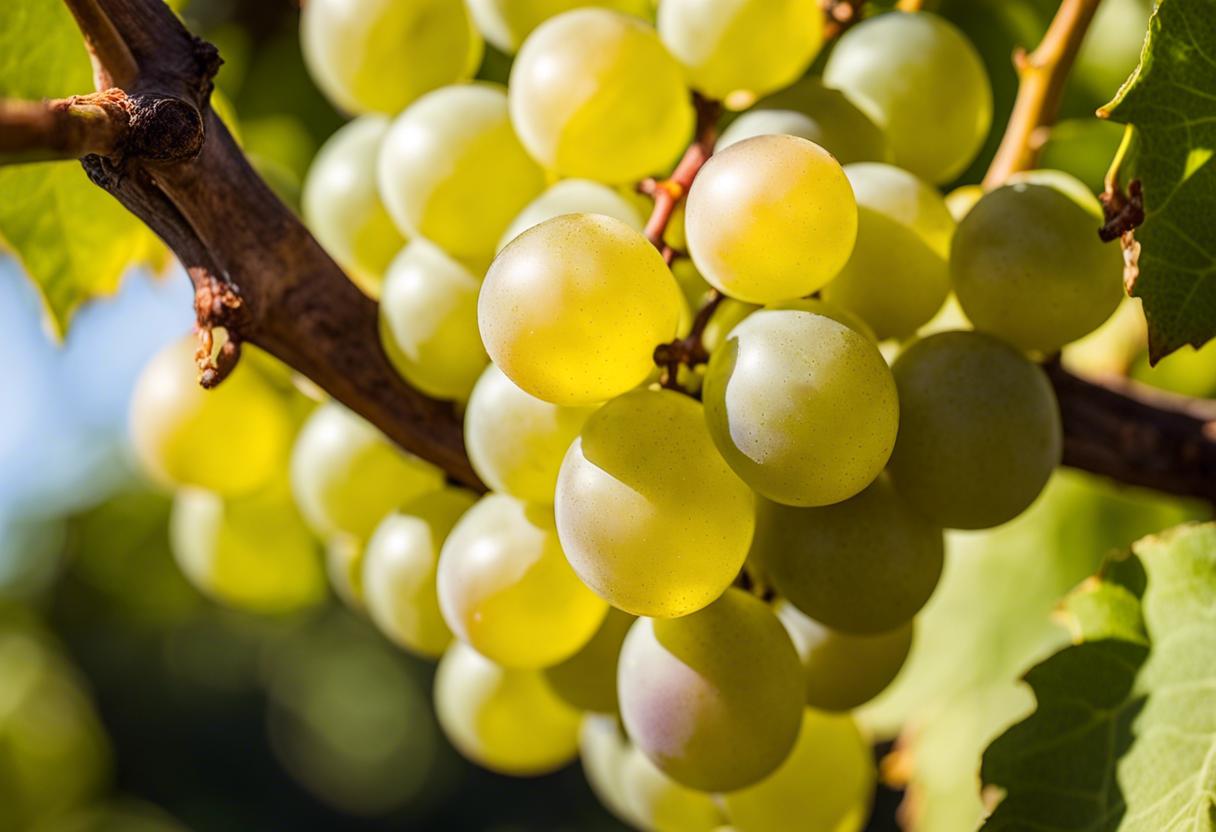In response to the first segment of your query, chardonnay, a renowned white grape variety, originates from the northeast region of France. It is primarily used in the production of many esteemed white wines in Burgundy, and it plays an integral role in creating some of the world’s finest sparkling wines in the neighbouring region, Champagne. You will find that 100% of the content in a ‘Blanc de Blancs’ labelled Champagne is chardonnay, even if it’s not explicitly stated. Over the last half-century, chardonnay’s popularity has soared worldwide and is now cultivated in almost every country that produces wine, granting it nearly brand status. Chardonnay is beloved by growers and winemakers alike for the decent yields it offers and the wide array of winemaking techniques it’s amenable to, allowing for the creation of complex flavours in the wine.
As for the dislike towards chardonnay, this trend arose in the 1990s when it became associated with footballers’ wives and Bridget Jones, and the mocking of chardonnay became somewhat fashionable. At that time, many chardonnay wines had a near-sweet flavour profile with ripe banana and peach notes, which were further enriched by toasty flavours imparted by new oak ageing. This made chardonnay commonplace and somewhat unfashionable, leading to the emergence of the ABC (anything but chardonnay) movement aimed at promoting other grape varieties.
However, the popularity of chardonnay has never truly faded. It produces wines that can either have a dry, fresh profile carrying racy apple notes, or appear riper with more texture. Either way, chardonnay is a versatile wine, especially suitable for pairing with food. Experiment with dishes such as salmon, black sole, prawns, or creamy chicken to really explore the potential of chardonnay.

